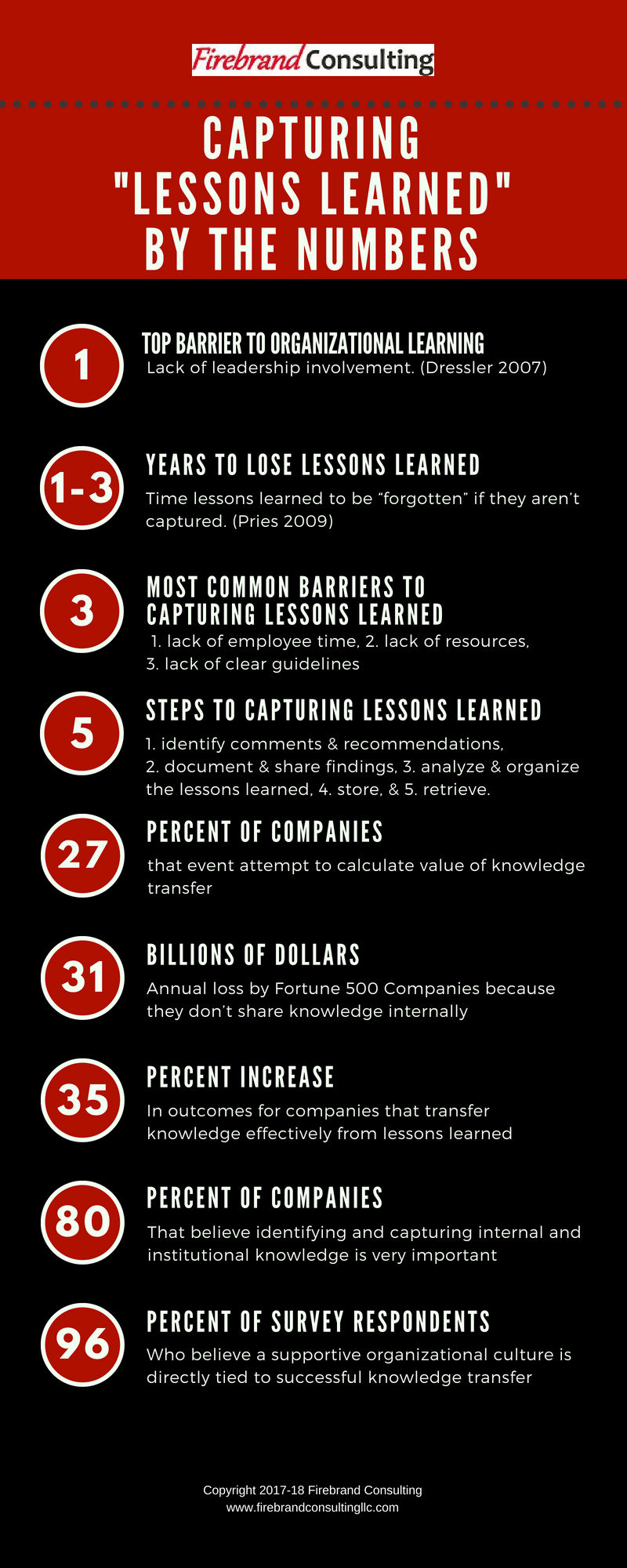You might be feeling overworked or overwhelmed because there doesn’t seem to be enough time for you to do what you want and must do. So many people want you to weigh in or work on something. So many tasks need to be accomplished now! You might feel torn in so many directions, or feel you’re not moving forward with the important or critical work.
It’s hard to hear, but chances are it’s mostly your own fault.
If this sounds like your experience, it’s very possible you established boundaries that serve everyone else instead of you. Consequently, your boundaries aren’t working for sanity or productivity (although they might be serving your ego identity and that will be another blog post for the future).
Why would you put yourself in the position of being pulled in too many directions for your own good? As a woman, there are biological and cultural forces that might be contributing.
Female Biology and Cultural Attitudes Encourage Women to Foster Relationships
Biologically, research using brain scans shows that female brain structure and function put a premium on bonding with others and building relationships. Additionally, the female hormone estrogen and the hormone oxytocin (usually higher in females), promote bonding with others. Moreover, many cultural norms expect women to be “warm”, accommodating, and passive.
While there’s nothing wrong with showing warmth, putting others first, and not always getting your own way, it’s not always required or even healthy for you to put your needs, wants, and priorities last. When your own attention and priorities slip to the bottom of the list on a regular basis, you’ll feel negative emotions, such as taken for granted, underappreciated, or overwhelmed. You can avoid these feelings by enforcing healthy boundaries that serve to honor your priorities while allowing you to be a team player who appropriately pitches in to assist others.
In order to do this, you’ll want to consciously and strategically choose when to say “no” to protect your own time, attention, and energy and when to work on others’ priorities for the good of your team or company.
If your plate is already full, here are some guidelines for when, to whom, and how to say “no”:
Who’s Asking?
Consider your experience and position. The more senior you are, the more leeway you have to “say no” to others with less experience or seniority, unless it will be good for your career in the company; gives you desired/important job skills; or will be personally gratifying.
As a general rule, you will honor requests from your boss or other senior leader. If that feeling of overwhelm creeps in, work with your boss to ensure you both agree how you will re-prioritize your other projects and tasks as necessary.
When Saying “No” Is Warranted.
Consider declining a request for your time, attention, and energy when the request does not come from your boss and when at least one of the following is true:
- The work does not align or correspond with your current personal and work priorities.
- You can’t accept the request without your other work priorities suffering;
- The requested work does not offer you a significant opportunity for learning or career development; or
Another way to look at it is consider saying “yes” if the requested work fits in with your current priorities; you can take it on without putting your own work on hold; or the requested work is a great opportunity to learn or meet other people that will be great for your current position or your career trajectory in general.
How to Say “No” Without Appearing Uncaring or Selfish.
In general, it’s best to say “no” as little as possible and in line with your current time commitments and career aspirations. One suggestion is to indicate you’ll accept if certain conditions can be met. For example, you could say, “YES, I am happy to be a part of that project IF it will only take about an hour of my time each week.”
Other ways to say “no” include:
- Indicate that the relationship is important by being gracious when “saying no”.
- Take time to consider the request before declining. A fast, abrupt “no” can leave the other person believing you didn’t even listen to what they asked.
- Be clear that you are saying “no”. Too much sugar-coating or hemming and hawing will bury your “no” and lead to misunderstandings.
Show respect by declining requests in person if possible. - Don’t refuse a request just because it’s outside your comfort zone. Say “yes” if it won’t take away from your current focus and/or is related to your work priorities, learning, or career development.
You probably say “yes” to many requests to look like a team player when you really don’t need to. It’s okay to decline a request. However, when you do say “no”, it won’t always be easy. Keep in mind you are going against your biology and family or cultural norms. So, be smart about how you decline a request. Others will respect knowing where your boundaries are, and you’ll teach them over time when to ask.
WANT TO USE THIS IN YOUR NEWSLETTER, BLOG OR WEBSITE? You can, as long as you include this information with it: Beth Strathman works with women in leadership who want to have more positive impact within their organizations, by gaining greater composure, focus, and influence with their teams. Learn more at: bethstrathman.com.

 When you lead other people, there is no shortage of learning opportunities. After all, humans are varied and complicated, and circumstances change constantly. Factor in into the mix your own strengths, vulnerabilities, and triggers, and things get really interesting. This is the reason many of my clients aren’t clear about how to follow up and follow through with direct reports without overstepping.
When you lead other people, there is no shortage of learning opportunities. After all, humans are varied and complicated, and circumstances change constantly. Factor in into the mix your own strengths, vulnerabilities, and triggers, and things get really interesting. This is the reason many of my clients aren’t clear about how to follow up and follow through with direct reports without overstepping. It’s easy to lose focus on the fact that your team’s work is part of a strategic plan to accomplish the company’s big picture vision and mission. You can get so caught up your own focus and tasks that you assume everyone else is automatically aware of how their work connects to the company vision and mission. Consequently, your team and its work becomes mundane, reactive and uninspired. This kind of atmosphere can lead to higher turnover and lower productivity and engagement.
It’s easy to lose focus on the fact that your team’s work is part of a strategic plan to accomplish the company’s big picture vision and mission. You can get so caught up your own focus and tasks that you assume everyone else is automatically aware of how their work connects to the company vision and mission. Consequently, your team and its work becomes mundane, reactive and uninspired. This kind of atmosphere can lead to higher turnover and lower productivity and engagement.
 Leadership is the process of inspiring others to achieve what you have in mind. And it will be one of the most challenging things you set out to do. You may have found out soon enough that you can’t do everything to achieve your business goals alone. It may be even more surprising that your employees aren’t mind readers. Consequently, they often do things in ways you never anticipated . . . or not at all.
Leadership is the process of inspiring others to achieve what you have in mind. And it will be one of the most challenging things you set out to do. You may have found out soon enough that you can’t do everything to achieve your business goals alone. It may be even more surprising that your employees aren’t mind readers. Consequently, they often do things in ways you never anticipated . . . or not at all.
 Tired of hearing about employee engagement or ready to give up? For some companies, it is an elusive concept that’s been around for decades. So, it’s telling that companies are still struggling to figure out the magic formula for attaining employee engagement nirvana.
Tired of hearing about employee engagement or ready to give up? For some companies, it is an elusive concept that’s been around for decades. So, it’s telling that companies are still struggling to figure out the magic formula for attaining employee engagement nirvana. This post was inspired by a conversation with Dr. Liz Stincelli. Find out more about her and her company Stincelli Advisors:
This post was inspired by a conversation with Dr. Liz Stincelli. Find out more about her and her company Stincelli Advisors:
